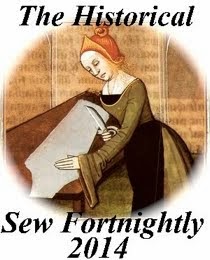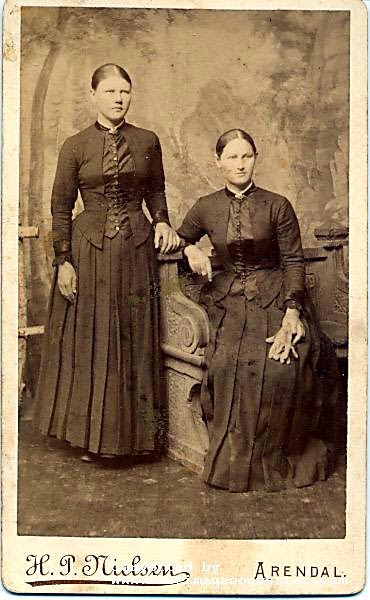 |
| Photo: Linda Bigelow. ca. 1891. |
Where is the woman who would not be beautiful? If such there be—but no, she does not exist. From that memorable day when the Queen of Sheba made a formal call on the late lamented King Solomon until the recent advent of the Jersey Lily, the power of beauty has controlled the fate of dynasties and the lives of men. How to be beautiful, and consequently powerful, is a question of far greater importance to the feminine mind than predestination or any other abstract subject. If women are to govern, control, manage, influence, and retain the adoration of husbands, fathers, brothers, lovers, or even cousins, they must look their prettiest at all times. All women cannot have good features, but they can look well, and it is possible to a great extent to correct deformity and develop much of the figure. The first step to good looks is good health, and the first element of health is cleanliness. Keep clean—wash freely, bathe regularly. All the skin wants is leave to act, and it takes care of itself."
-- from The Every Day Cook and Recipe Book, 1891.



























